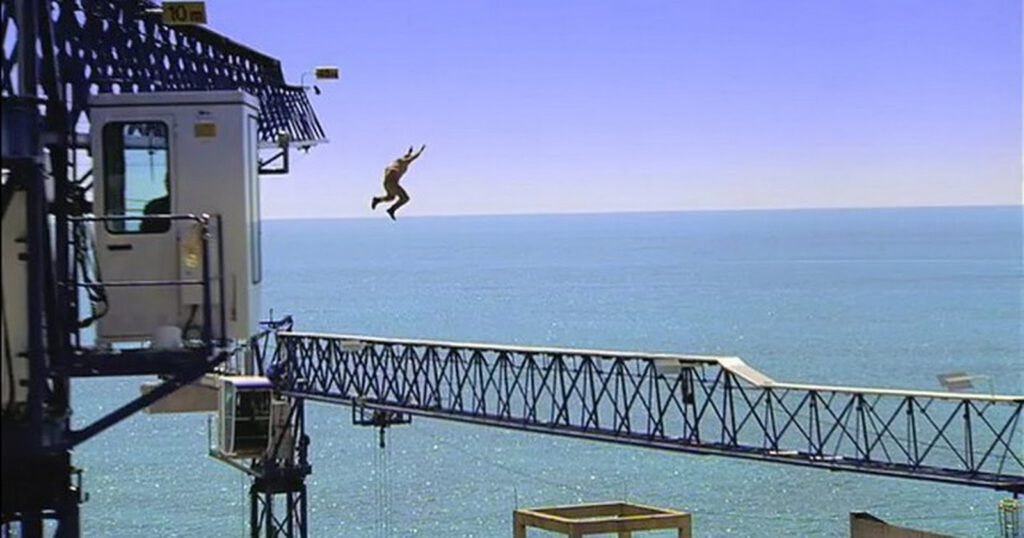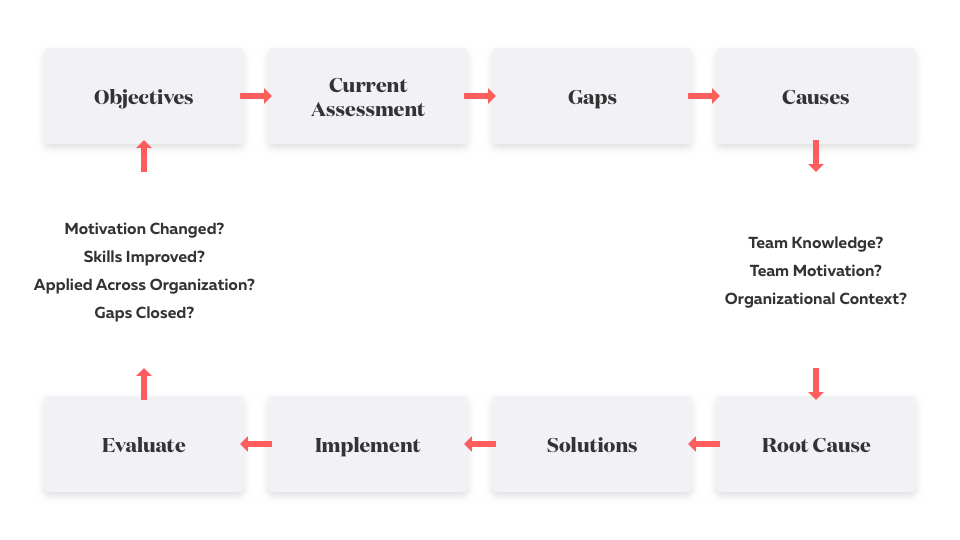Part II of the blog series that explores the reasons we avoid facing our own business gaps. Click here to read Part I.
Gap analysis is a process that allows an organization to compare actual performance against its potential or ideal performance. The objective of the analysis is not just to reveal insights about the existence of gaps but to also create action plans to improve organizational and team performance.
One way to see gap analysis and action planning, in action, is to watch the opening moments of Casino Royale. In the early sequences of the movie, we find James Bond on a mission to hunt down freelance bomb-maker Mollaka. Mollaka eludes Bond using a dazzling and dizzying array of Parkour and freerunning, leaping from the rooftops of disconnected buildings and through the frame of an uncompleted skyscraper. Mollka gets away temporarily but ultimately Bond is victorious when Mollaka runs out of obstacles. This wouldn’t be a Bond movie any other way, right?

Business obstacles and gaps create freedom. When there are no gaps, you cannot easily create separation from your competitors. When there are gaps that you can overcome (and create for your competitors), then your business has a chance to be sustainable, and ultimately thrive.
Here are our recommended steps to perform a gap analysis:
- Select an area of your business that you’d like to see improved As we partner with clients, there are many areas that we work together to address. They often include finding approaches to improve sales, increase website traffic, enhance demand generation, improve employee engagement, position executives as industry thought leaders, etc.
- Assess current performance This is sometimes more difficult than it sounds. Many organizations lack processes or measurement systems to adequately gauge business performance. Don’t let this stop you. Find a way to establish a benchmark of performance even if it is not as precise as you would like it to be.
- Define and describe the gap This step is critical and requires a shift in mental outlook depending on the extent of the gap. For example, achieving annual sales of $40 million in 12 months when your current sales are $20 million may seem daunting. Don’t try to solve the gap all at once and resist the temptation to jump to solution. Two-thirds of solutions to close performance gaps are ineffective or make the problem worse. The reason is that many organizations do not uncover the factors that create the gap.
- Uncover the factors that create the gap
This perhaps is the most important part of the process. There are many reasons that create gaps in performance and they require some digging to find facts.- There are typically three reasons that business gaps exist:
- The teams that are responsible for the closing the gap lack motivation to close the gap
- Personnel that is responsible for improving performance lacks knowledge or
- The organizational context that does not provide needed resources to address the gap
- There are typically three reasons that business gaps exist:
- Uncover the factors that create the gap
- Ask why at least 5 times Toyota pioneered its production system in the 1950s using the “5 Why System.” Taichi Ohno encouraged employees to ask why five times to get to the root cause of issues. While time-consuming, this process has the potential to create long-lasting solutions to problems. (Source, Toyota Global)
- Create and implement action plans Once data and facts have been uncovered, you can begin to create remedies and put them into practice to execute plans. Data and fact gathering is at the heart of the Walk West Discovery process.
- Evaluate whether progress is being made to close gap This is the part of the process many companies forget. It is critical to make sure that regular check-ins are being made to ensure the gap has been closed. This could be a check in to see if sales have improved, employee engagement has been impacted or whether improvements can be rolled out across the organization.
- Redefine objectives based on your progress Gap analysis is at the heart of continuous improvement. Organizations should not be complacent about progress but find a new area to tackle. As Taichi Ohno once said, “Having no problems is the biggest problem of all.”
Process Diagram: 

